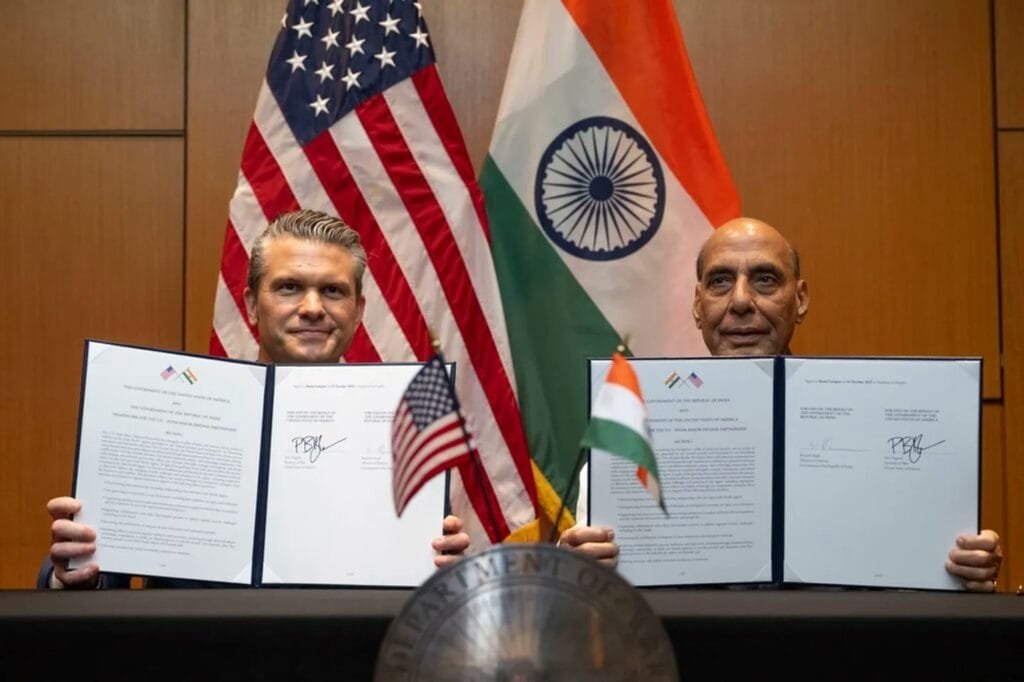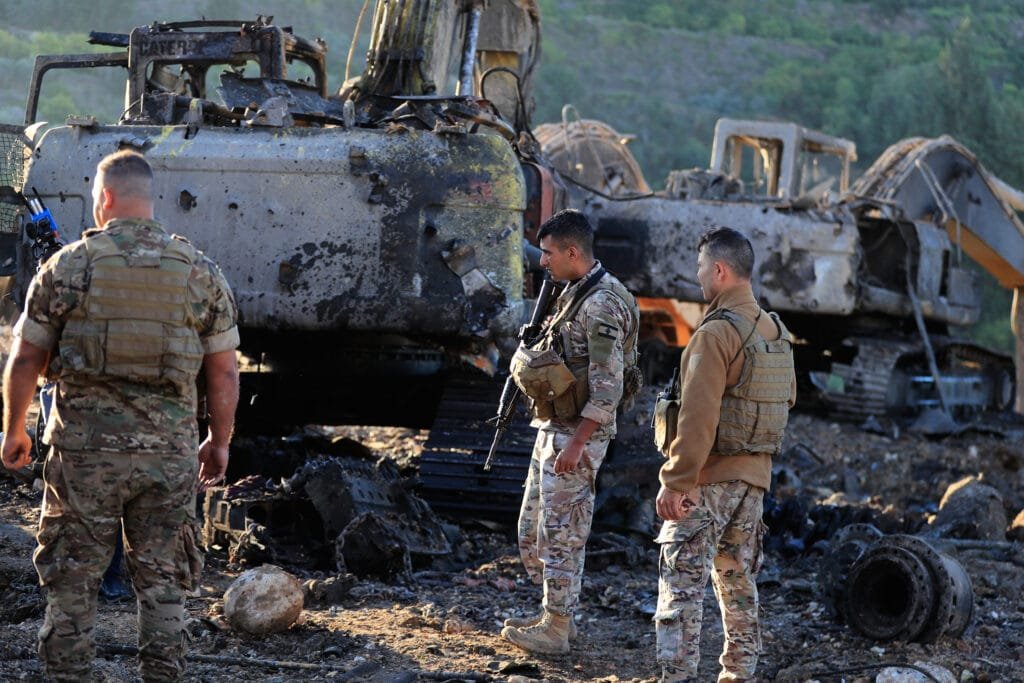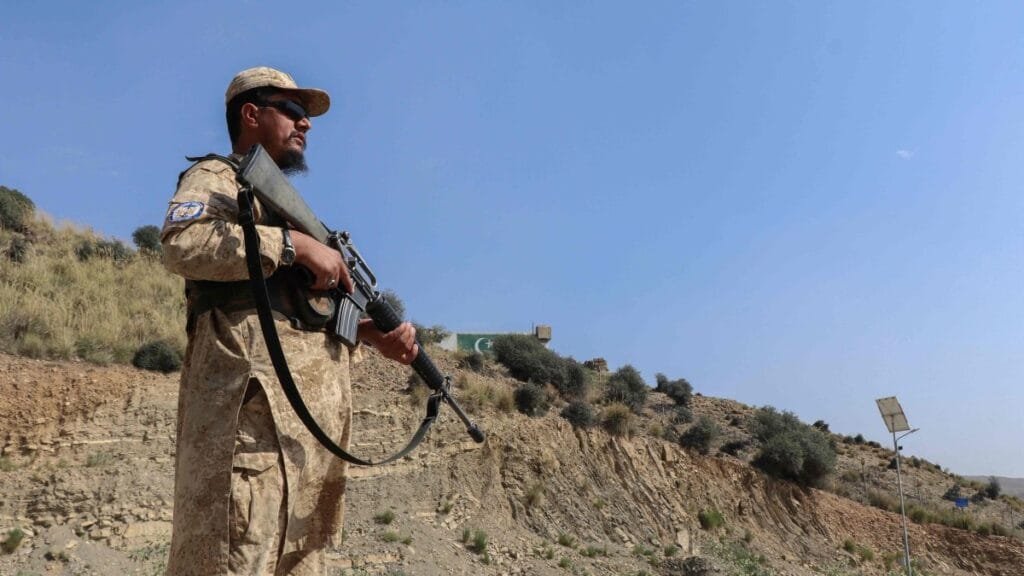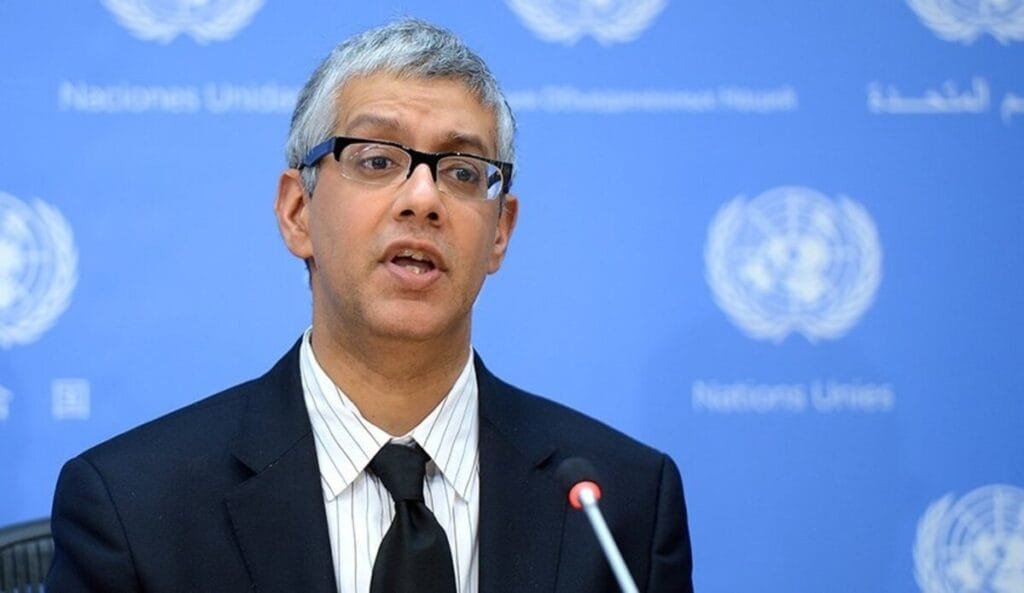Russian President Vladimir Putin announced on September 22, that Russia is prepared to continue observing the core numerical limits of the New Strategic Arms Reduction Treaty (New START) for one year beyond the pact’s scheduled expiration on February 5, 2026, so long as the United States reciprocates. Putin’s proposal was made during a meeting of Russia’s Security Council, where he framed the extension as essential to global nonproliferation efforts and a way to preserve strategic predictability amid rising geopolitical tensions.
The New START treaty, signed in 2010, limits both countries to 1,550 deployed strategic nuclear warheads and 700 deployed missiles and bombers. Putin stressed that the treaty’s termination without extension could trigger a destabilizing arms race, erode confidence, and damage strategic stability.
While Russia has suspended some treaty provisions, particularly inspections and certain verification mechanisms in past years, it has maintained that it will adhere to the treaty’s warhead limits. Putin made clear that the proposed extension is contingent on the U.S. also refraining from actions that “undermine or disrupt” the existing balance of deterrence.
The international response has been cautious. Arms control experts welcomed the move as a constructive opening, but noted that much depends on U.S. willingness to engage, and on broader tensions —especially those stemming from the war in Ukraine, U.S. missile defense developments, and waning trust between Moscow and Washington.
If this extension comes to pass, it would delay the date at which the U.S. and Russia are no longer bound by mutual quantitative limits on strategic nuclear weapons — at least for another year — buying time for negotiations on either a renewal or replacement of the treaty.





